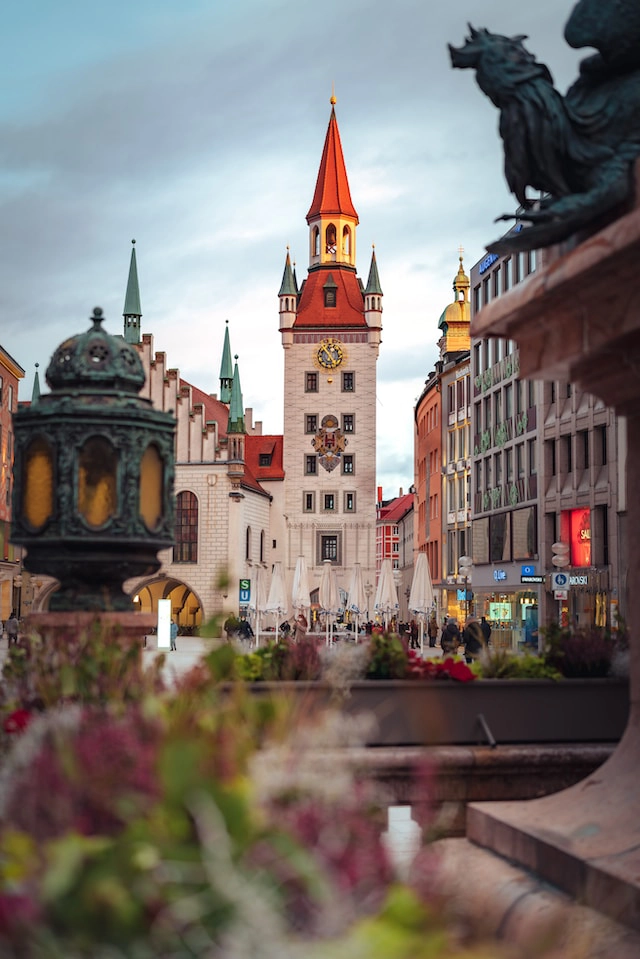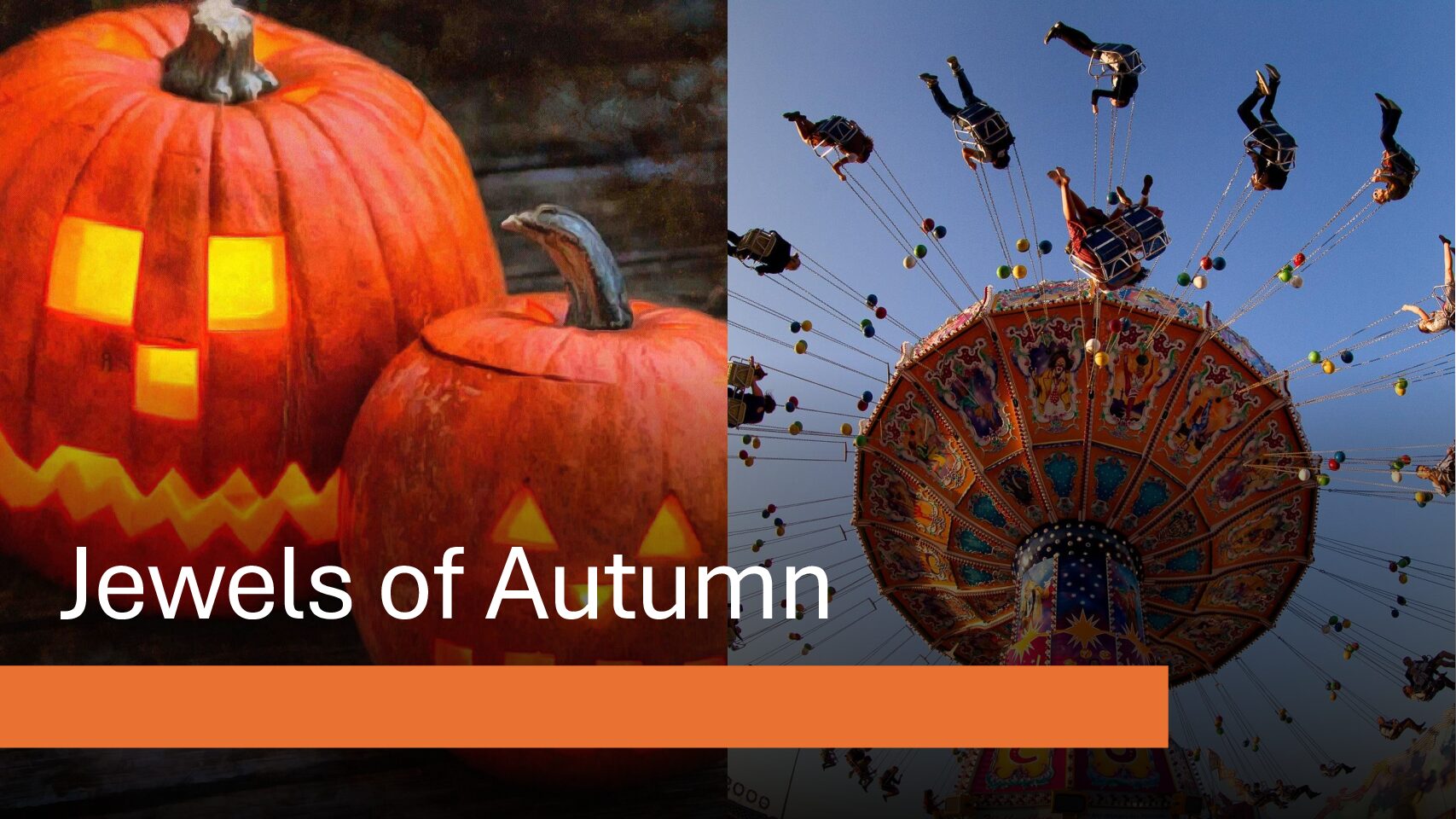Munich

Bridge to German Cities:
Munich is a city with a long and rich history that spans over eight centuries. It is the capital and largest city of Bavaria, a state in southern Germany. Here are some highlights of the history of Munich:
- Munich derives its name from the word “Mönch” (monk), as it was founded by Benedictine monks who established a monastery near the river Isar in the 8th century. The first documented mention of Munich dates back to 1158, when Henry the Lion, Duke of Saxony and Bavaria, granted the monks the right to establish a market and a bridge over the river.
- In 1180, Munich came under the rule of the Wittelsbach dynasty, who would govern Bavaria until 1918. In 1255, Munich became the ducal residence of Upper Bavaria and grew in size and importance. In 1314, Duke Louis IV was elected German king and later crowned as Holy Roman Emperor. He granted Munich many privileges, such as the salt monopoly and the right to mint coins.
- In 1468, construction began on the Frauenkirche (Cathedral of Our Lady), which became a symbol of Munich with its two distinctive towers. The cathedral was completed in 1488 and still dominates the city’s skyline today. In 1494, Munich was granted the status of an imperial city by Emperor Maximilian I.
- In 1506, Munich became the capital of the unified Bavaria and a center of the German counter-reformation and renaissance arts. Many churches, palaces and public buildings were built or renovated in this period, such as the Old Town Hall, the Residenz (Royal Palace) and St. Peter’s Church.
- In 1632, during the Thirty Years’ War, Munich was occupied by Swedish troops and suffered from famine and plague. The war ended in 1648 with the Peace of Westphalia, which confirmed Bavaria’s status as an elector state within the Holy Roman Empire. In 1705, a peasant uprising known as the Sendlinger Mordweihnacht (Sendling Christmas Massacre) was brutally suppressed by Austrian troops.
- In 1806, Bavaria became a kingdom under Napoleon’s influence and Munich was elevated to a royal city. King Maximilian I Joseph initiated many reforms and modernizations, such as abolishing serfdom, introducing religious tolerance and promoting education and culture. He also commissioned many neoclassical buildings, such as the Königsplatz (King’s Square) and the Ludwigstrasse (Ludwig Street).
- In 1810, the first Oktoberfest was held to celebrate the marriage of Crown Prince Ludwig I and Princess Therese of Saxony-Hildburghausen. The festival took place on a meadow outside Munich, which was later named Theresienwiese (Therese’s Meadow) after the bride. The festival became an annual tradition and one of the world’s largest and most famous folk festivals.
- In 1848, Munich witnessed a series of revolutions that demanded more democracy and civil rights. King Ludwig I abdicated in favor of his son Maximilian II, who tried to appease the revolutionaries by granting a constitution and a parliament. However, his successor Ludwig II (1864-1886) was more interested in building extravagant castles, such as Neuschwanstein and Linderhof, than in politics.
- In 1871, Germany was unified under Prussian leadership and Munich became part of the German Empire. The city experienced rapid industrialization and population growth in this period. It also became a center of arts, literature and music, attracting many famous artists, writers and composers, such as Thomas Mann, Richard Wagner and Paul Klee.
- In 1918, after Germany’s defeat in World War I, Bavaria declared itself a socialist republic under Kurt Eisner. However, his government was soon overthrown by right-wing forces led by Franz von Epp. In 1923, Adolf Hitler attempted a coup d’état known as the Beer Hall Putsch in Munich but failed and was arrested. He later made Munich his headquarters for his Nazi party.
- In 1938, Munich was the site of the infamous Munich Agreement between Hitler, Neville Chamberlain.

Written by Melissa Dietrich
More From This Category

Jewels of Autumn: Highlights of the Season
Jewels of Autumn in Germany Autumn in Germany is a magical season, brimming with traditions, festivals, and outdoor activities. This guide captures some of Germany’s autumn highlights, inviting you to explore and fall in love with the season’s unique charm. From...

Driving In Germany
A Quick Guide to Surviving the Autobahn and More Driving in Germany can be quite the experience. Scenic views, orderly rules, and the fabled Autobahn (pronounced "ah-uu-toh-baan"). But before you hit the gas, there are many essential road rules to maintain harmony for...

Shopping For Fresh
Shopping habits in Germany


0 Comments